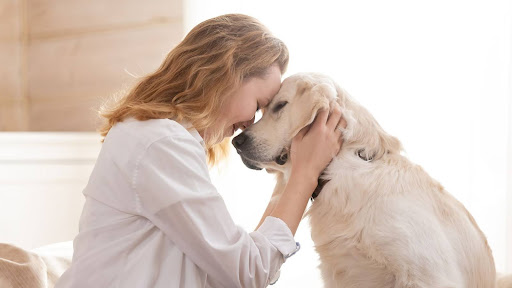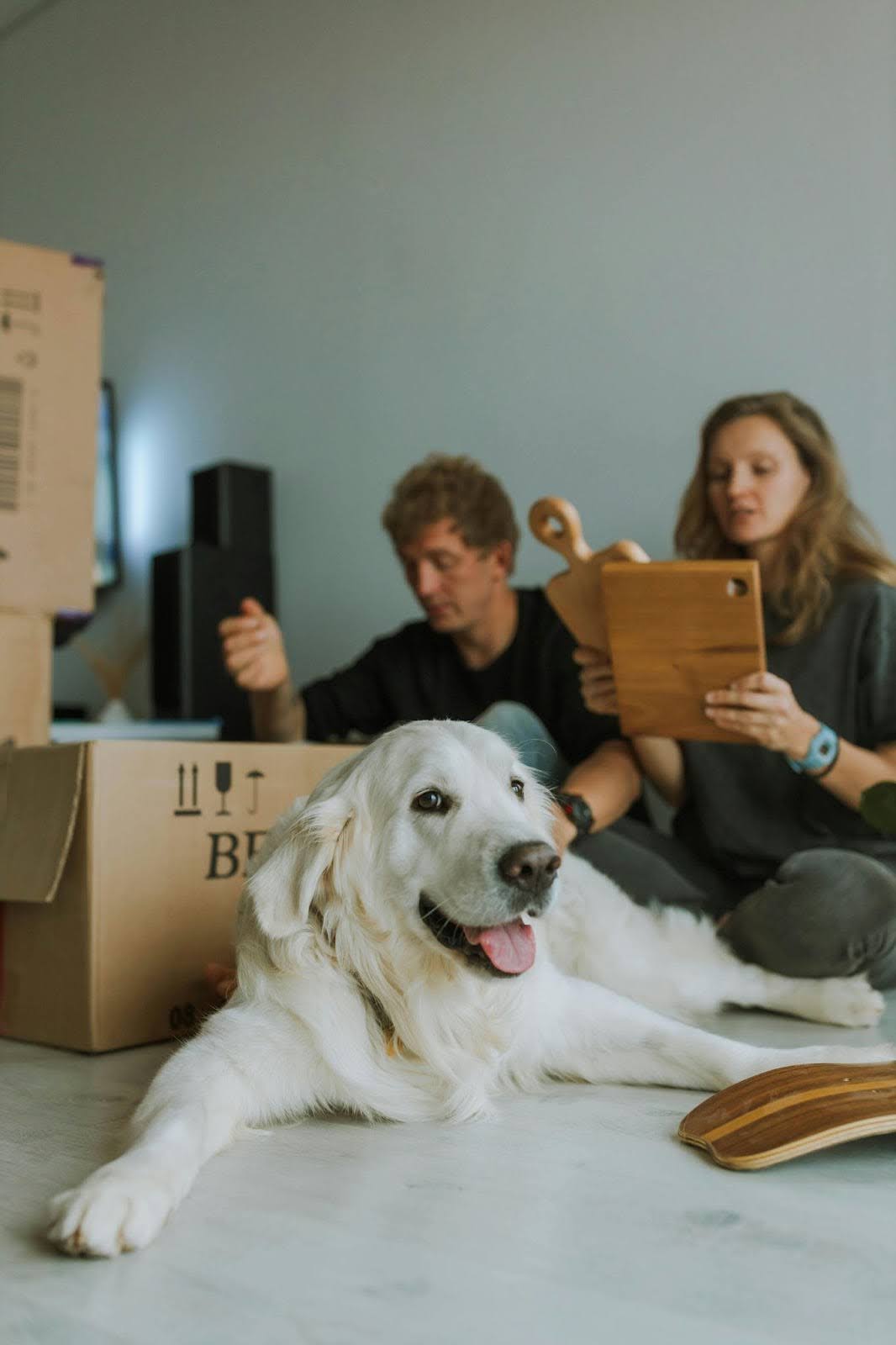Moving is never just about boxes and furniture – it’s about routines, rhythms, smells, and sounds. Pets feel those changes even more than we do. A new home might be exciting for you, but for your dog or cat? It’s confusing, loud, and a bit scary. That’s why moving to a new community with pets takes a little extra planning.
Whether you’re relocating across town or across the country, a smooth move means thinking ahead – not just about what to pack, but about how your pets will adjust once you arrive. Below is a practical guide to help you and your furry companion settle in with fewer hiccups.
1. Start With a Vet Visit
For example, if you’re moving to Florida from another state, your pet might need preventives for heartworm or different parasites. Climate matters. So does terrain. If you’re going to be near trails, lakes, or sandy areas, your vet might have extra suggestions.
Also: get refills on prescriptions. The last thing you want is to run out mid-move.
2. Update ID Tags and Microchip Info
You’d be surprised how many pets go missing during a move. One open door during unloading, one panicked escape from a new yard – and suddenly you’re searching a neighbourhood you don’t even know yet.

Before moving day, double-check that your pet’s collar tags are current. If your pet has a microchip, log in to the registry and update your address and contact details.
If they aren’t chipped, now’s a good time.
3. Pack a “Pet First” Bag
You’ll have a box marked “kettle” or “essentials,” right? Do the same for your pet.
Include:
- Two days’ worth of food and bowls
- Bottled water (new water can upset some pets’ stomachs)
- Familiar toys or a blanket
- Medication
- Waste bags or litter
- A recent photo (in case they slip out)
If you’ve got a small breed, like a sausage dog, you might also want to include a calming vest or their favourite carrier – they tend to feel safer when enclosed.
Keep the bag with you – not in the moving truck. You’ll need it on arrival, before you unpack anything else.
4. Research Pet Rules in Your New Community
Master-planned communities and housing developments like SilverLeaf Valley may have pet guidelines. Some allow off-leash areas. Others may require pets to be leashed in shared zones. There might be designated walking paths or on-site groomers you can take advantage of.
Check ahead:
- Are there breed or weight restrictions?
- Are pets allowed in shared amenities?
- Where are the nearest vets or emergency clinics?
- Are there pet meetups or dog-walking groups?
Knowing this ahead of time can help you feel settled faster – and avoid last-minute surprises.
5. Create a Quiet, Familiar Spot on Day One
The day you arrive, your new house won’t feel like home. So create a safe space right away. Pick a quiet corner, set out their bed, bowl, and a couple of toys that smell like “home.”
If you have a dog, try not to wash their blanket for a week or two. That familiar scent can be grounding. Cats, especially, need their own space. Let them hide under a bed if they want. Don’t rush the exploration.
6. Stick to Routines as Much as Possible
Even if your own routine is upside-down, try to keep feeding, walking, and playtime consistent. Pets find comfort in timing – breakfast at 7am, walk at 6pm, nap in the sun at 2.
So, during the first week, build your own routine around theirs. It’ll help them relax – and frankly, having a predictable rhythm might help you adjust faster too.
7. Take Short Walks to Explore
For dogs, a new neighbourhood can be overwhelming. Take it slow. Instead of one long walk, try a few short ones. Let them sniff. Let them watch. Avoid busy areas at first.
Each day, stretch out a little further. After a few weeks, you’ll have a clear sense of your dog’s favourite route, the quietest side streets, and where to avoid during school pickup.
Cats should stay indoors for at least two weeks – ideally longer. If they’ll eventually go outside, ease them into it under supervision. Always bring them in before dusk.
8. Look for Community Events or Dog Meetups
Places like SilverLeaf Valley often host social events – and some are geared toward pet owners. Joining a local dog-walking group or visiting a pet-friendly coffee spot can help you connect with neighbours.
Even if you’re not big on small talk, these connections matter. Other pet owners know the area. They can point you toward the best vets, safest trails, and the friendliest off-leash parks.
9. Give It Time (and Forgive Some Weird Behaviour)
Moving stress shows up in pets in strange ways. A dog that never barked might bark more. A cat that was always affectionate might hide for a week. Eating habits can shift. So can sleep.
This doesn’t mean you’ve made a mistake. It means your pet’s processing.
Stick with the routine. Offer comfort. Stay patient.
If behaviours don’t improve after a few weeks – or if anything seems extreme – reach out to a vet or behaviourist in your new area.
10. Build New Habits, Together
The silver lining to a big move? You get to start fresh. Maybe your old home didn’t have space for daily walks or a sunny perch for your cat. Now you can build those into your lifestyle.
If your new community has trails, pick one and walk it regularly. If there’s a dog park nearby, try going once a week. These small things help your pet and give you a sense of place.
You’re both figuring it out. Do it together.
Final Thoughts
Relocating with pets isn’t just logistics – it’s emotional. You’re not just moving a couch. You’re moving a creature who trusts you to keep them safe.
When you take the time to prepare, unpack with intention, and explore slowly, you’re giving your pet the same thing you’re looking for: a new place to call home.

And once you’ve both settled in? That first walk where your dog trots ahead confidently or your cat curls up in a sunbeam like they own the place? That’s when you’ll know you got it right.

